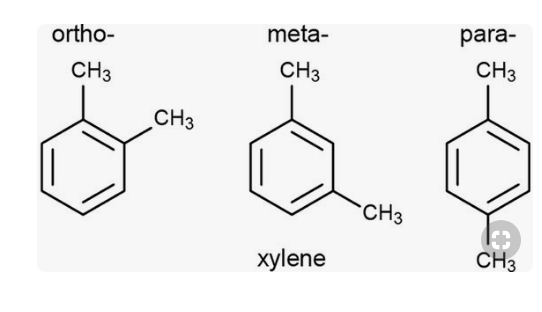Day: March 8, 2019

The terms ortho, meta, and para are prefixes used in organic chemistry to indicate the position of non-hydrogen substituents on a hydrocarbon ring (benzene derivative). The prefixes derive from Greek words meaning correct/straight, following/after, and similar, respectively. Ortho, meta, and para historically carried different meanings, but in 1879 the American Chemical Society settled upon the following definitions, which remain in use today.
In my first blog I talked about pH control. pH control is very important for the uptake off nutrients by the plant. Especially the Iron (Fe) and Manganese (Mn) uptake can be very problematic when the pH is too high.
To make it easier for the plant we use chelates, a chelate is a kind of protector that avoid that the element inside become deposit in the system and not reach the root zone. Every plant is capable to take the element outside the chelate.
There are four main types of chelate that are used in the agro culture, every chelate have its own advantage and disadvantage. Which chelate is the best for you is depending on three things: pH, watering system and element inside the chelate.
Different type of chelates: EDTA, DTPA, HEEDTA and EDDHA (you can also find HEDTA, EDDHMA, EDDHAS etc. but these chelates have more or less the same characteristics)